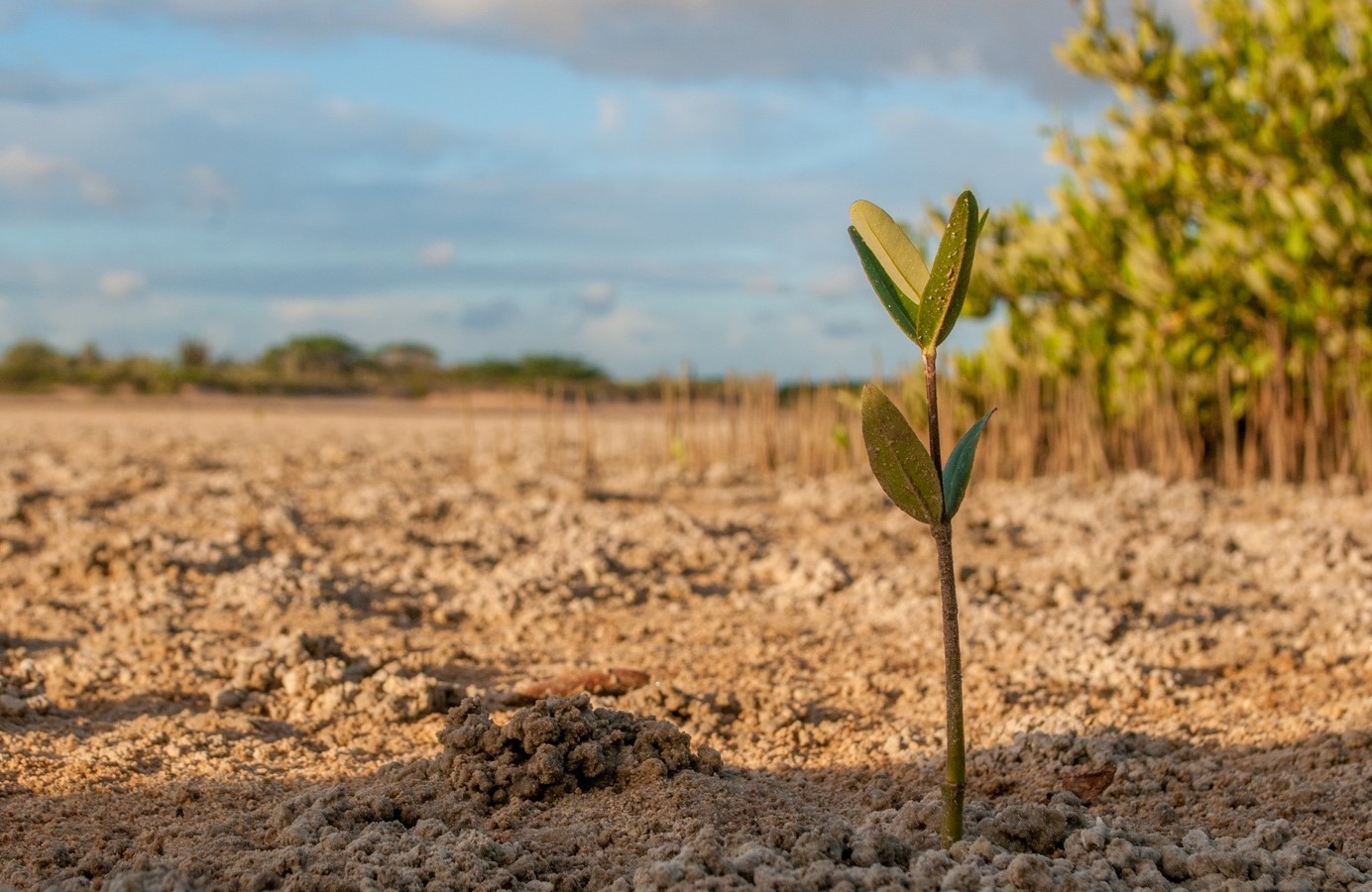Project Drawdown is a worldwide research and communications initiative with a plan to reverse global warming based on 100 existing and emerging solutions. An independent European arm, Drawdown Europe, has now been launched to galvanise the continent into action.
What impact would it have if your 100 solutions to reverse global warming were adopted?
‘These existing technologies, when adopted as a set of solutions, will allow us to sequester greenhouse gases and turn around global warming by 2050 — and this point of reversal is known as drawdown.
‘Drawdown could happen even sooner if we adopt these solutions at a more aggressive rate. We need to envision the future we want. Stabilised or limited global warming is the wrong direction, so we’re communicating these substantive solutions to many different audiences.’
What are the most important solutions out of the 100?
‘There is no silver bullet or top 10, 20, or 50 solutions. We need all of them to be adopted in parallel, and we need to invest in disruptive innovation, as well as efficiency for existing technologies, like next-level solar panels.
‘All the solutions have multiple cascading benefits. For example, regenerative agriculture leads to soil regeneration, better water retention and so on, but also sequesters carbon as an added benefit.’
Is it just a matter of implementation or do new technologies still need to be developed?
‘(In our book) we describe 80 existing solutions that are currently viable, already scaling throughout the world, and have the potential to achieve drawdown when implemented as a system of solutions. We need them all. We also highlight 20 coming attractions – innovative solutions in the pipeline that will help accelerate progress towards drawdown when they come online.’
What do you think are some of the most promising solutions?
‘The impact of the global food system surprised us. What and how much we consume, how much food is wasted, and how food is produced has a dramatic effect on global warming. Of the top 20 solutions, eight are related to food. By comparison, electricity generation has only five, and transportation solutions did not even make the top 20.
‘To reiterate, we need all 80. However, the contribution of decisions we all make every day on the food products we purchase and consume is perhaps the single most important contribution every individual can make.’
Where can people in Europe make a difference?
‘Europe broadly excels in many of these solutions, from adopting more renewable energy, providing more efficient mobility choices, and expanding recycling and composting, to supporting conservation and regenerative agricultural practices. Of course, there is variation within Europe in terms of implementation at national and subnational scales.
‘However, while the region is in many ways at the forefront of climate solutions, Europe, along with the rest of the world, needs to accelerate implementation of these technologies and practices, as well as continue to invest in innovations.’
‘We’ve been inundated with the fear-based approach for 25 years, and it hasn’t worked.’
Chad Frischmann, VP and Research Director, Project Drawdown
A European hub, Drawdown Europe (DE) has been set up to encourage this. What is it going to do?
‘We’re working very closely with organisations like Climate-KIC, the German Energy Agency, and the European Climate Foundation, with the idea that DE – our first regional hub – can become a convergence point for the many existing initiatives and climate leadership shown across Europe. Specifically, the hub will bring more research institutes into collaboration on Drawdown’s solutions, creating localised sets of solutions.
‘One big step is creating the drawdown research platform, which we hope to launch in 2020. DE will be one of the main partners co-creating this global-scale platform for sharing knowledge and tools, and we will to be able to present Europe’s localised solutions as an example of what we can achieve with this platform.
‘DE and Climate-KIC will build (educational) curriculums around these solutions, which could then be scaled all over Europe. Here (in Europe), we have the chance to be a thought leader in a region that combines scientific excellence, economic capability, and, in many ways, political will.’

At the moment, the EU is trying to encourage more people to participate in innovative activities. How does your drive for the 100 solutions fit in with this?
‘It’s very much in alignment with these (policies). We’re not here to replace or reinvent but to build off and interlink with the brilliant open innovation platforms and policies that are being developed at this point. The process of open innovation in Europe encourages (our) model.’
Some people believe it’s too late to stop global warming. What’s your response to this?
‘We’re not in the business of spreading fear, confusion, doom and gloom. Instead, we’re approaching this from the perspective of exposing the tangible benefits of technologies and practices so that decision-makers can adopt them.
‘We’ve been inundated with the fear-based approach for 25 years, and it hasn’t worked. We need to change the paradigm to one of possibility and opportunity.’
Originally published on Horizon.

